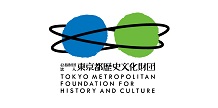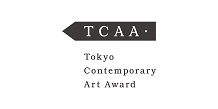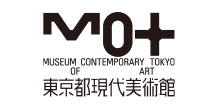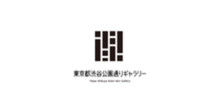【TOKAS Hongo】Announcement of successful candidates for OPEN SITE 7
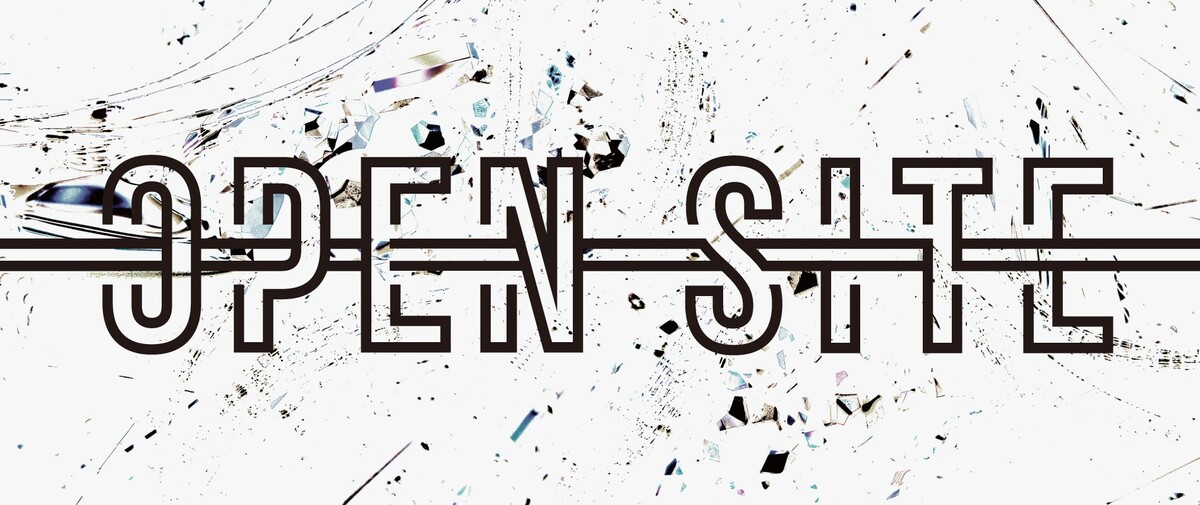
OPEN SITE is a Tokyo Arts and Space (TOKAS) open call program which began in 2016 and aims to build a platform that brings together projects focused on artistic expression across all genres. This year marked the 7th annual call for proposals, and a total of 135 applications were received. Following a strict selection process, successful candidates included five projects in the Exhibition category, two projects in the Performance category, and two projects in the dot category. These projects will be implemented including the TOKAS Recommendation Program and the Art Mediation Program from October 2022 to January 2023.
Execution Projects
Exhibition
Open hours 11:00-19:00 / Admission free
Part 1|2022/10/22 (Sat) - 11/27 (Sun)
Name KAN Mika
Title Through The Selfie
Name YONEZAWA Shu
Title no name (tentative)
Part 1|2022/10/22 (Sat) - 11/10 (Thu)
Name EoN|Excitation of Narratives (ISAKA Shu, TAKEUCHI Hitoshi, HYUN Woomin)
Title Excitation of Narratives ―Each Location of Essayfilm―
Artist ISAKA Shu, TAKEUCHI Hitoshi, HYUN Woomin
Part 2|2022/12/10 (Sat) - 2023/1/22 (Sun)
Name Agustín SPINETTO, Louise ROUSE
Title Sounds from Liminal Towns
Name KOBAYASHI Muku
Title When the tortoise stretches its front paws to the stone, as in Euyu of Nefus… (tentative)
Performance
Booking required / Admission paid
The schedule will be announced on the TOKAS website and flyers.
Part 1|2022/11/15 (Tue) - 11/20 (Sun)
Name MAEDA Kasumi + TOYOSHIMA Sayaka
Title Put a soft cane (tentative)
Performer MAEDA Kasumi, TOYOSHIMA Sayaka
Part 2|2023/1/9 (Mon) - 1/15 (Sun)
Name TAKUMICHAN
Title ―(dash)#2 Rosetta Stone
Performer TAKUMICHAN
etc.
dot
Open hours 11:00-19:00 / Admission free
The schedule will be announced on the TOKAS website and flyers.
Part 1|2022/11/22 (Tue) - 11/27 (Thu)
Name SATO Ayako
Title Read your family's landscape through Personal Memory Mapping
Part 2|2022/12/10 (Sat) - 12/18 (Sun)
Name TAKAMATSU Kasumi
Title RENKU of red thread
TOKAS Program
Admission free
The schedule will be announced on the TOKAS website and flyers.
Part 2|2022/12/22(Thu)- 1/7(Sat)*TOKAS Recommendation Program
Name Ad Mornings
Title Rotation Notation (tentative)
Artist Jang-Chi, YAMATO Yuka, TSUCHIMOTO Ayumi, Zoé SCHELLENBAUM, YAMASHINA Koichi, Yuni Hong Charpe, Joyce LAM
Part 2|2023/1/21(Sat)- 1/22(Sun)*TOKAS Art Mediation Program / Booking required
Name SHIMURA Nobuhiro
Title Artifact and Narrative
Application Overview
*OPEN SITE 7 accepts applications from residents in Japan only, in consideration of difficulty in traveling from overseas in the COVID-19 pandemic.| Application period | February 25 (Fri) – March 23 (Wed), 2022 |
|---|---|
| Total number of applications | 135 |
| Jury members | KOBAYASHI Haruo (Director, blanClass) HATANAKA Minoru (Chief Curator, NTT InterCommunication Center [ICC]) HIRAKURA Kei (Associate professor, Yokohama National University | Aesthetics) KONDO Yuki (Program Director, Tokyo Arts and Space) |
Jury Member's Reviews
KOBAYASHI Haruo (Director, blanClass)
This was the third year I took part in the screenings for OPEN SITE, and face-to-face interviews were finally carried out for the first time, as the previous two screenings had taken place under states of emergency. Perhaps because it is slowly approaching its originally intended format, the application process was noticeably different from the last two editions. Of course, there continued to be a tendency for projects to focus on matters that the pandemic has brought to the forefront of our minds, or conversely has caused to be neglected, but even more than this, projects of a personal nature or conceived in the artists’ immediate working environments were quite conspicuous. Some projects were actually appealing due to their vagueness, and there was a sense that with slightly more clarification, the screening results could have been different. Looking to the future, even if and when the COVID-19 outbreak is brought under control, the world is unlikely to return to what we once thought of as normal, and we are faced with questions about what roles art can and should play. However, I believe the projects that were finally selected have the potential to spark meaningful dialogue, each in its way and with its own distinctive vocabulary.
HATANAKA Minoru (Chief Curator, NTT InterCommunication Center [ICC])
This year the selection process proved to be unusually difficult. Naturally, there were only a few years in the past when people were quickly selected, but this was particularly due to the diverse nature of OPEN SITE’s application project. As a result, the planning and implementation had a kind of TOKAS-esque variety about it, leading to a group of exhibits that reflected many different tastes. Perhaps this was because it was difficult to pursue a central theme – in other words, you might say these are transitional expressions. Last year’s selection was completely remote, but since everything was essentially interview-based this time, it gave me a sense of how much society had returned to normal. Yet, some sort of changes must have occurred due to the massive social impact. What sort of changes might these be? As it seems to me, these works urge us to consider how the changes that have occurred over the last few years – in areas such as expressing things and making art as well as the surrounding environment and the way in which works are shown – are reflected in the present and our present-day selves.
HIRAKURA Kei (Associate professor, Yokohama National University | Aesthetics)
A comment for the applicants: we believe it is desirable to address one’s own concerns rather than those that are currently trending. We would like to know what interests the artists in their own words, rather than in words borrowed from existing sources. All relevant materials should be shared for this reason. If local references are made, materials that contextualize these references should be provided. If the work relates to a text, we would like to read the text itself. We would like to know not only what you do not want to do, but also what you want to do. We would like to grasp not only the atmosphere surrounding unique issues, but also what specifically lies at the roots of these issues. One could say that these things are unclear until the work is actually made, and this is a valid point. However, during the screening, we felt there was a need to use words more effectively. Images are used in presentations, but at some essential level there are only words, and we have to place trust in these words when we engage with one another. I felt unsure whether the messages of artists who find it challenging to use words, especially to explain things in a specific language (Japanese was used for this screening, but English is also a possibility), got across. I hope these notes will be of value to you.
KONDO Yuki (Program Director, Tokyo Arts and Space)
OPEN SITE screenings consist of reviews of materials and interviews. The interviews not only deepened our understanding of the projects’ contents, but also provided several opportunities to discover and share the deeper intentions and goals of the applicants, which made the screening process a very interesting one. Many of the projects submitted to OPEN SITE seemed to be propelled by a sense of urgency and longing, and to embody the applicants’ most pressing concerns. The screening process included discussions on how these highly focused ideas might be viewed from other angles. I look forward to viewing an exhibition and performances that are driven and edgy, yet also serve as an open-ended laboratory for experimentation.




